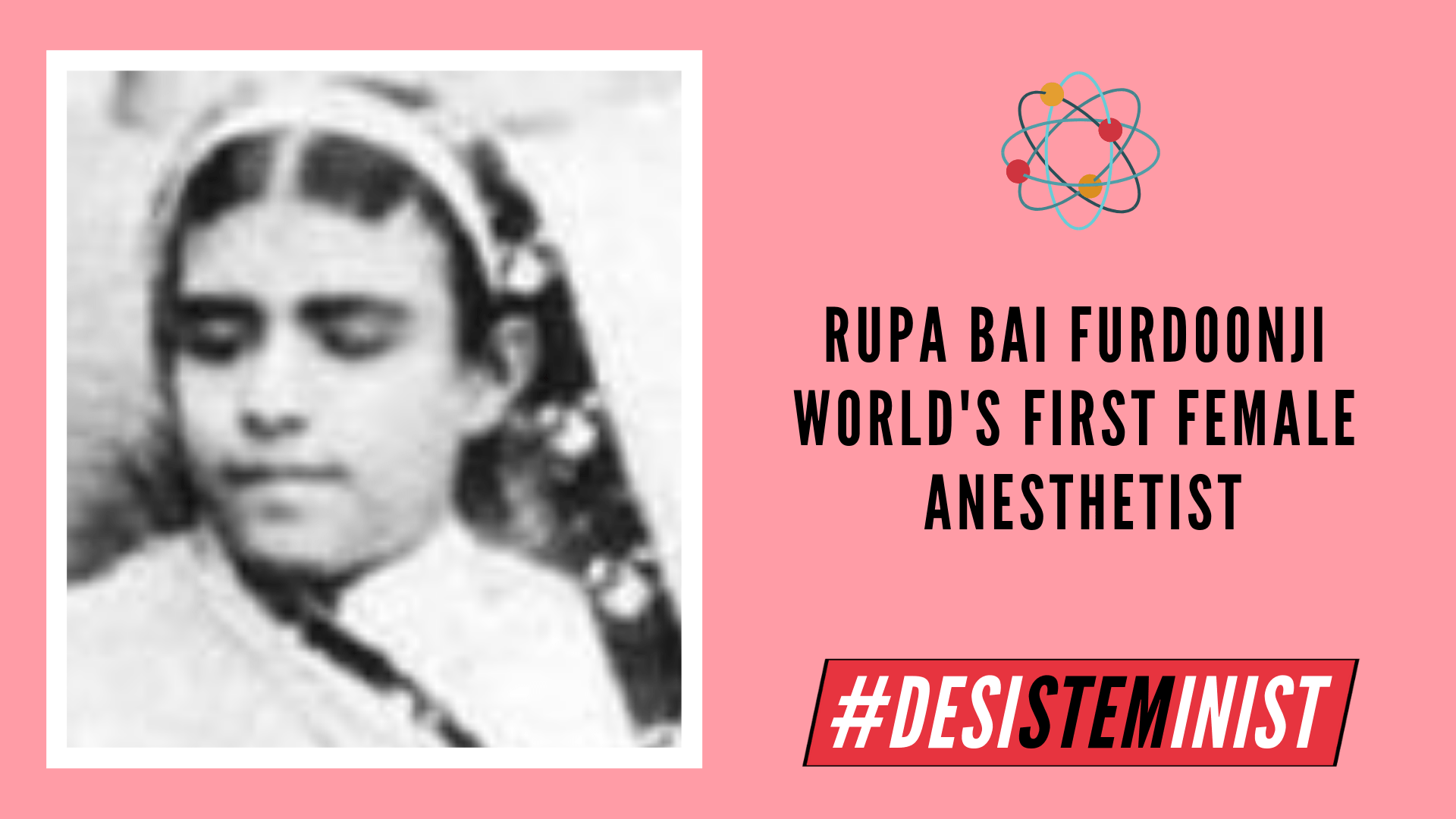Editor’s note: #DesiSTEMinist is a campaign to celebrate women in the field of STEM and highlight their contributions.
At a time when women were discouraged from pursuing basic education and often rejected from entering into schools and colleges,
Furdoonji fought against many barriers that came her way during those days. Famous medical schools, with very few exceptions, refused admission to female candidates. Despite such odds,
Early Life And Education
Furdoonji was one of the few women to enrol in medical courses at Hyderabad Medical College in the year 1885. Furdoonji finished her education in the year 1889 and obtained a degree called ‘hakeem’ which was equivalent to that of a medical doctor. Those were the days of British rule in India and the chief surgeon of British residency and the Principal of Hyderabad Medical School, Edward Lawrie, guided Furdoonji to become a specialist in
Furdoonji was one of the five female scholars who was selected to join the
medical course in Hyderabad.
During those times, specialty in a specific field like anesthesiology was unheard of. Furdoonji having administered
Career And Appreciation
Whatever is known to us about Furdoonji’s career, we owe it to Mr. Harmusji Kause, a Parsee gentleman from Hyderabad who saved Furdoonji’s original certificates and a few letters pertaining to her career. One of the certificates, duly signed by Lawrie, endorsed her participation in the Chloroform Commissions and marks her accomplishments in medicine. Another certifies her participation in Pathology course in Hyderabad and the last one from the University of Edinburgh, in 1910. In fact, it is Kaunse himself who discovered that Furdoonji may be the first lady anesthetist of the world after going through the reports of Second International Conference of History of Anesthesia in London, 1987.
Her widespread knowledge about anesthesia made her contributions invaluable at the First as well as Second Hyderabad Chloroform Commissions held in the years 1888 and 1891.
Being the first
Also read: How My STEMinist Mother Paved Way For My Future In STEM | #DesiSTEMinist
Furdoonji was one of the five female scholars who was selected to join
Furdoonji retired from Nizam’s medical service in the year 1920 as the superintendent of Chaderghat Hospital, Hyderabad in the year 1920. Furdoonji’s career or life after her retirement has largely remained untraceable, says Kause. Almost nothing is known to us about Furdoonji’s date of birth, personal life or death. However, throughout her life, Furdoonji remained unmarried. What remains undebatable are her contributions in the field of science and specifically towards anesthesiology.
Also read: Kadambini Ganguly: The 19th Century Doctor Who Broke The Glass Ceiling | #IndianWomenInHistory
References
1.
2. Indian Journal of Anesthesia:
3.
before 1885 – after 1920 India
4. Journal Indian Institute History Medicine:
5. Journal Indian Institute History Medicine: History of Anesthesia and Hyderabad Chloroform Commissions
About the author(s)
Hafsa Bashir Bhat identifies herself as a Muslim woman from Kashmir. She has double masters in Human Rights and Peace and Conflict from National Law School of India University Bangalore, India and School of Oriental and African Studies, University of London, London. Hafsa has worked in the area of women rights and gender for five years. Focus of her research is primarily intersectional in nature.




